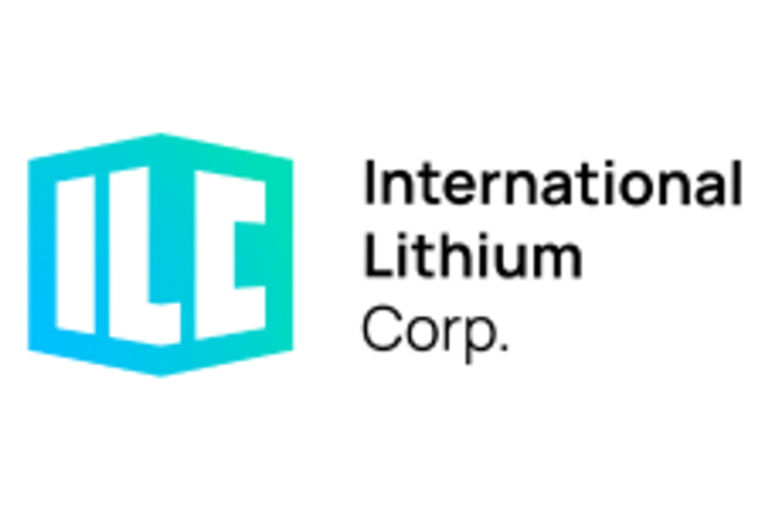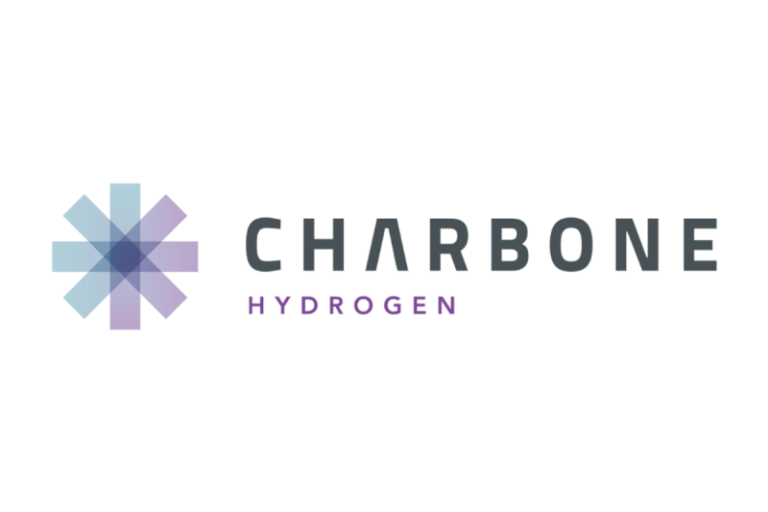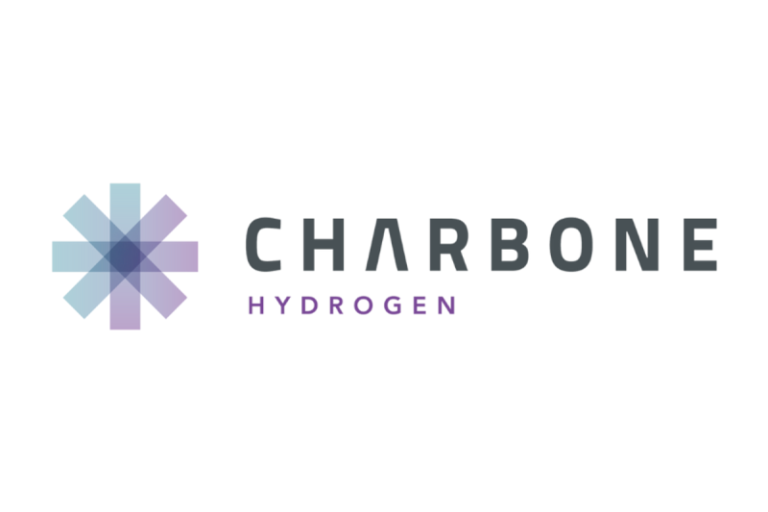LOS ANGELES – They talk a good game about never giving up, about fortitude and makeup and an indescribable cohesion that makes them the “Glue Jays.”
And after a resounding 6-2 victory in World Series Game 4, a result that squared this Fall Classic at 2-2, it’s very clear that the Toronto Blue Jays are more than adept at backing up their words.
Some 18 hours after a gut-punch, 18-inning loss in Game 3, the Blue Jays roared back with a meticulous and carefully-crafted gameplan, toppling the great Shohei Ohtani on both sides of the ball as they scored four runs off the two-way great in six-plus innings.
At the plate, Toronto starter Shane Bieber issued a leadoff walk to Ohtani in the bottom of the first, extending Ohtani’s streak of reaching base to 10 after his stunning four-hit, two-homer, six-walk performance in Game 3.
And then, Bieber and Co. attacked him.
Bieber struck him out in the third and sixth inning, mixing in a blend of knuckle curves, changeups and cutters at Ohtani, keeping the power hitter away from Bieber’s low-90s fastball.
Vladimir Guerrero Jr., the Blue Jays’ own franchise player, put the Blue Jays ahead for good with a two-run homer in the third inning and reached base three times as he continued an epic and powerful postseason.
On paper, the Blue Jays broke serve: Ohtani carried a 2.25 playoff ERA into Game 4, while Bieber failed to escape the third and fourth innings in two of his three playoff starts. The 2020 Cy Young Award winner is also not yet his best self after undergoing Tommy John surgery in April 2024.
Yet Bieber bobbed and weaved through the Dodger lineup, giving up just four hits and a sacrifice fly to Kiké Hernández in the second inning.
Faced with extremely limited relief pitching resources, Blue Jays manager John Schneider stuck with Bieber just long enough, pulling him with one out in the sixth inning, Toronto clinging to a 2-1 lead and two runners on.
Mason Fluharty, the Blue Jays’ lone semi-trusty lefty reliever, induced a flyout to center from Max Muncy and struck out Tommy Edman on three pitches. Threat over.
And then the dam burst on Ohtani and the Dodgers in the seventh, as Daulton Varsho and Ernie Clement finished Ohtani with base hits and Andrés Giménez floated a crucial RBI single into left field for a 3-1 lead.
Bo Bichette and Addison Barger also contributed RBI hits to extend the lead to 6-1, crucial add-ons that made reliever Louis Varland’s adventurous ninth stomachable.
In the end, Schneider leaned on four pitchers: Bieber, Fluharty, veteran starter Chris Bassitt – who contributed two quiet innings – and Varland. The rest of the crew will be reloaded for Game 5, Trey Yesavage vs Blake Snell.
And the Blue Jays clawed back to even footing in a World Series where momentum is elusive, but adhesion lasts.
— Gabe Lacques
Here’s how Game 4 unfolded in Los Angeles:
To the ninth: Blue Jays 6, Dodgers 1
Jack Dreyer worked in and out of trouble in the top of the eighth and Toronto’s Chris Bassitt completed his second scoreless innings by getting Will Smith to ground into a double play.
Blue Jays score four, lead 6-1 in seventh
LOS ANGELES – The Blue Jays solved Shohei Ohtani on both sides of the ball. Now, they need to find nine more outs to make sure this World Series makes it back to Toronto.
The bottom of the Blue Jays’ lineup forged a meticulous rally against Ohtani and two relievers, scoring FOUR runs to take a 6-1 lead entering the seventh inning stretch of Game 4 at Dodger Stadium.
Manager Dave Roberts, with his pitching staff bleary after their 18-inning Game 3 conquest, sent Ohtani out for the seventh nursing a 2-1 lead. But Toronto didn’t let him breathe.
Lefty-swinging Daulton Varsho greeted him with a single and Ernie Clement doubled him to third, ending Ohtani’s night. Then, in the biggest confrontation of the night, Andrés Giménez won an eight-pitch battle against lefty reliever Anthony Banda, parachuting a single into left field for a 3-1 lead.
Toronto benefited from a replay reversal after Isiah Kiner-Falefa lined out to third with runners at the corners, and Giménez was initially doubled off first, until the call was overturned.
Pinch-hitter Ty France delivered an RBI groundout, and then RBI singles by Bo Bichette and Addison Barger off Blake Treinen pushed the Blue Jays comfortably ahead.
Mason Fluharty escapes sixth-inning jam
LOS ANGELES – Shane Bieber delivered for the desperate Blue Jays, and manager John Schneider went for the hook at just the right time.
Bieber pitched 5 ⅓ innings and left with one out, Freddie Freeman on first and the dangerous Max Muncy at the plate. Schneider opted for his only relatively reliable lefty reliever, and Mason Fluharty got a first-pitch flyout from Muncy, then a three-pitch strikeout of Tommy Edman to end the sixth with the Blue Jays clinging to a 2-1 lead.
Now, to find nine more outs.
Schneider’s options from the left side will diminish, as long man Eric Lauer is unavailable and Brendon Little gave up game-winning or game-tying home runs in his past two outings.
But Fluharty might have gotten them out of the biggest jam of the night.
To the fifth inning; Blue Jays 2, Dodgers 1
LOS ANGELES- Shane Bieber is giving the Blue Jays exactly what they need to get back in this World Series.
Bieber has given up just two hits through four innings of Game 4, displaying the sort of pitch efficiency necessary to give the Blue Jays length after their brutal 18-inning loss the night before.
And he even struck out the great Shohei Ohtani, breaking a streak of 10 consecutive times reaching base as the Blue Jays clung to a 2-1 lead entering the fifth inning.
Bieber threw 18 pitches in each of the first three innings, then needed just 12 to work around a two-out walk to Tommy Edman in the fourth. At 66 pitches, he’s primed to pitch at least into the sixth inning.
Vladimir Guerrero Jr. home run puts Blue Jays in front
LOS ANGELES – Yep, the Blue Jays have a superstar of their own. And Vladimir Guerrero Jr. can impact a game significantly even if he only plays one side of the ball.
Guerrero broke the Blue Jays’ 13-inning scoreless streak in this World Series by wrecking an Ohtani sweeper, sending it 395 feet over the fence in left center field, giving the Blue Jays a 2-1 lead as Game 4 heads to the bottom of the third inning.
Guerrero’s homer came at a critical juncture of this Series, with the Dodgers drawing first blood after their draining 18-inning win in Game 3. And it provided dividends on Toronto’s plans to get aggressive early in counts against Ohtani, who came in with a 2.25 ERA in two playoff starts this year.
Kiké Hernández gives Dodgers second-inning lead
LOS ANGELES – You’d think that the Toronto Blue Jays might want to make the hardest-working man in baseball toil a little longer in this, his busiest night of the World Series.
Instead, the Blue Jays seem intent on ambushing Shohei Ohtani. And so far, that’s made life easy for the two-way superstar.
Six of the first eight Blue Jays swung at the first pitch against Ohtani, resulting in a seven-pitch second inning and just 26 throws after two innings. Meanwhile, a Max Muncy walk and Kiké Hernández sacrifice fly gave the Dodgers a 1-0 lead, the fourth time in as many games they scored first in this Series.
Ohtani drew a first-inning walk and now has reached base all 10 times he’s batted in two games at Dodger Stadium. Yet on this night, it is Ohtani the pitcher who will bear more scrutiny – and who, despite walking Bo Bichette and giving up a single to Addison Barger in the first inning, has responded perfectly to the challenge so far.
Shohei Ohtani pitches scoreless first
Less than 18 hours after reaching base nine times in Game 3, Shohei Ohtani took the mound for the Dodgers as the Game 4 starting pitcher and tossed a scoreless first, working around a walk and an infield single to strand two runners.
George Springer injury update
LOS ANGELES — George Springer is not in the Toronto Blue Jays’ Game 4 starting lineup after being considered ‘hour-to-hour’ in the afternoon ahead of Tuesday’s game.
An MRI on Springer’s right side was negative after Game 3 and Blue Jays manager John Schneider said that the team had no plans to replace him on the roster and end his season. Springer was already physically compromised after he was hit on the right knee in the ALCS. Schneider did not divulge the specific nature of the MRI after Game 3.
Infielder Bo Bichette – himself compromised by a knee that kept him sidelined 48 days before the World Series – is starting at designated hitter with Springer out and the lineup had wholesale changes from one to nine.
Position player pitching? It almost happened in Game 3
LOS ANGELES — Just how close did this World Series come to suffering the indignity of a position player pitching in a tied Game 3?
We’ll never totally know thanks to Freddie Freeman’s walk-off home run in the bottom of the 18th inning, but a day later, Los Angeles Dodgers manager Dave Roberts acknowledged there were just two options had the game staggered on to a 19th inning.
It was either Game 2 starter Yoshinobu Yamamoto – pitching on one day of rest – or utility infielder Miguel Rojas.
Blue Jays lineup today
- Nathan Lukes (L) LF
- Vladimir Guerrero Jr. (R) 1B
- Bo Bichette (R) DH
- Addison Barger (L) RF
- Alejandro Kirk (R) C
- Daulton Varsho (L) CF
- Ernie Clement (R) 3B
- Andrés Giménez (L) SS
- Isiah Kiner-Falefa (R) 2B
Dodgers lineup today
- Shohei Ohtani (L) P
- Mookie Betts (R) SS
- Freddie Freeman (L) 1B
- Will Smith (R) C
- Teoscar Hernández (R) RF
- Max Muncy (L) 3B
- Tommy Edman (S) 2B
- Enrique Hernández (R) LF
- Andy Pages (R) CF
Dodgers vs Blue Jays predictions for World Series Game 4
- Gabe Lacques: Dodgers 6, Blue Jays 2
- Bob Nightengale: Dodgers 7, Blue Jays 4
- Jesse Yomtov: Blue Jays 5, Dodgers 2
- Steve Gardner: Blue Jays 7, Dodgers 6
- Jon Hoefling: Dodgers 6, Blue Jays 3
Will Klein becomes Dodgers folk hero
LOS ANGELES — Will Klein woke up a nobody on Monday morning.
He went to bed early Tuesday morning etched in Los Angeles Dodgers lore.
One minute, he’s the last guy left in the Dodgers’ bullpen. The next, he’s shaking hands with legendary Sandy Koufax.
He drives to Dodger Stadium on Monday morning wondering if any of his old friends and coaches even realize he’s playing in the World Series. He leaves Dodger Stadium wondering how in the world so many people have his cell phone number, receiving 500 text messages after being the hero in the Dodgers’ 6-5 18-inning World Series victory over the Toronto Blue Jays, and then another 500 messages when he wakes up.
“I woke up this morning still not feeling like last night had happened,’’ Klein said, “so it was, yeah, it was an out-of-body experience.’
World Series Game 4 simulation
How will this year’s World Series play out? Using theDynasty League Baseball online simulation, USA TODAY Sports’ Steve Gardner and DLB designer Mike Cieslinski will pre-play each game to provide some insight into the key matchups and strategy fans can expect to see in the Fall Classic.
Who sang the national anthem Game 4 World Series?
Tinashe performed the American national anthem and Deborah Cox sang the Canadian national anthem before Game 4 of the World Series.
Toronto Blue Jays World Series appearances
Toronto won World Series championships in 1992 (vs. Braves) and 1993 (vs. Phillies), the previous only times in franchise history the club had reached the Fall Classic since starting play in 1977.
Toronto Blue Jays World Series roster
Pitchers (12): RHP Chris Bassitt, RHP Shane Bieber, RHP Seranthony Dominguez, RHP Braydon Fisher, LHP Mason Fluharty, RHP Kevin Gausman, RHP Jeff Hoffman, LHP Eric Lauer, LHP Brendon Little, RHP Max Scherzer, RHP Louis Varland, RHP Trey Yesavage.
Position players (14): C Tyler Heineman, C Alejandro Kirk, INF/OF Addison Barger, INF Bo Bichette, INF Ernie Clement, INF Ty France, INF Andrés Giménez, INF Vladimir Guerrero Jr., INF Isiah Kiner-Falefa, OF Nathan Lukes, OF Davis Schneider, OF George Springer, OF Myles Straw, OF Daulton Varsho.
Los Angeles Dodgers World Series roster
Pitchers (12): LHP Anthony Banda, LHP Jack Dreyer, RHP Tyler Glasnow, RHP Edgardo Henriquez, LHP Clayton Kershaw, RHP Will Klein, RHP Roki Sasaki, RHP Emmet Sheehan, LHP Blake Snell, RHP Blake Treinen, LHP Justin Wrobleski, RHP Yoshinobu Yamamoto.
Position, two-way players (14): SS Mookie Betts, OF Alex Call, OF Justin Dean, INF/OF Tommy Edman, 1B Freddie Freeman, INF/OF Kiké Hernández, OF Teoscar Hernández, INF/OF Hyeseong Kim, 3B Max Muncy, DH/P Shohei Ohtani, OF Andy Pages, INF Miguel Rojas, C Ben Rortvedt, C Will Smith.
World Series 2025 schedule
- Game 1: Blue Jays 11, Dodgers 4
- Game 2: Dodgers 5, Blue Jays 1
- Game 3: Dodgers 6, Blue Jays 5 (18 innings)
- Game 4: Oct. 28 at 8 p.m. ET/5 p.m. PDT
- Game 5: Oct. 29 at 8 p.m. ET/5 p.m. PDT
- Game 6: Oct. 31, if necessary
- Game 7: Nov. 1, if necessary
What time is World Series today? Dodgers vs Blue Jays Game 4
First pitch in Game 4 is scheduled for 8 p.m. ET at Dodger Stadium.
This post appeared first on USA TODAY










